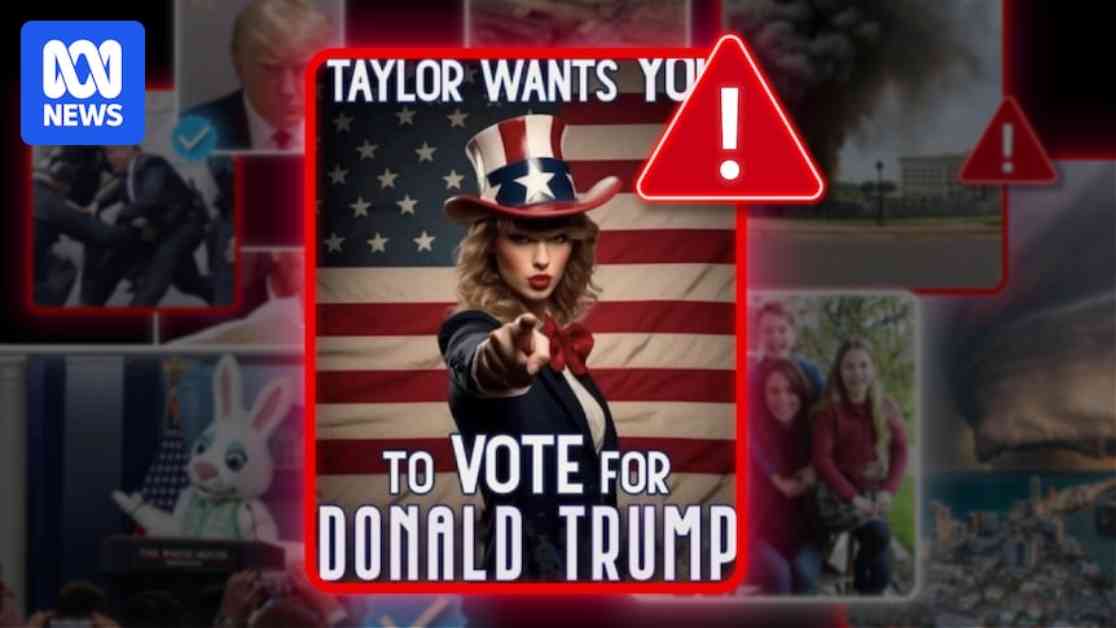Every time you look at your phone, you have to figure out what is true and what is not. Here are some tips to help you distinguish between the two. Manipulated images are more common now than ever before, but they are not a new phenomenon. This particular image, known as Frank Hurley’s ‘The Raid’, captured the intensity of World War I. However, it was debunked as a fake by Australia’s official historian at that time. By closely examining the image, you can see how Frank Hurley combined multiple shots of exploding shells and Australian troops to create a composite image that portrayed the chaos of war. Even though Hurley’s intention was not to deceive, the use of composite images can lead to confusion.
In today’s world, advancements in technology have made it easier to manipulate images, and these altered images are often shared without any disclaimers. So, how can you spot a fake image? TJ Thomson, a senior lecturer in communications at RMIT, explains some telltale signs of image manipulation. For instance, when Hurricane Dorian was approaching Florida in 2019, a widely shared image turned out to be a composite of two separate images. Tools like WeVerify can help identify signs of manipulation, but they are not foolproof.
As technology evolves, identifying fake images becomes more challenging. Generative AI image generators allow anyone to create fake images easily, making it crucial to look for logical inconsistencies in the image. For example, images with unrealistic elements like merging fences or fading sidewalks can indicate manipulation. However, as AI technology improves, these inconsistencies may become harder to detect.
Social media platforms play a significant role in the spread of misinformation and disinformation. The ease of sharing content on social media, combined with the lack of explicit differentiation between real and fake content, makes it challenging for users to discern the truth. Mathieu O’Neil, an expert in online media literacy, highlights the need for critical thinking skills to navigate this digital landscape effectively.
To combat the spread of fake images, experts suggest looking at the context surrounding the image and considering who posted it. Additionally, verifying the event with other sources can help determine the authenticity of an image. While efforts are being made to label AI-generated content and add digital infrastructure for media veracity, the challenge of identifying fake images persists.
In conclusion, the rise of manipulated images requires individuals to develop critical thinking skills and media literacy to navigate the digital world effectively. By being mindful of the context, source, and authenticity of images, users can better discern between real and fake information in an increasingly complex media landscape.












